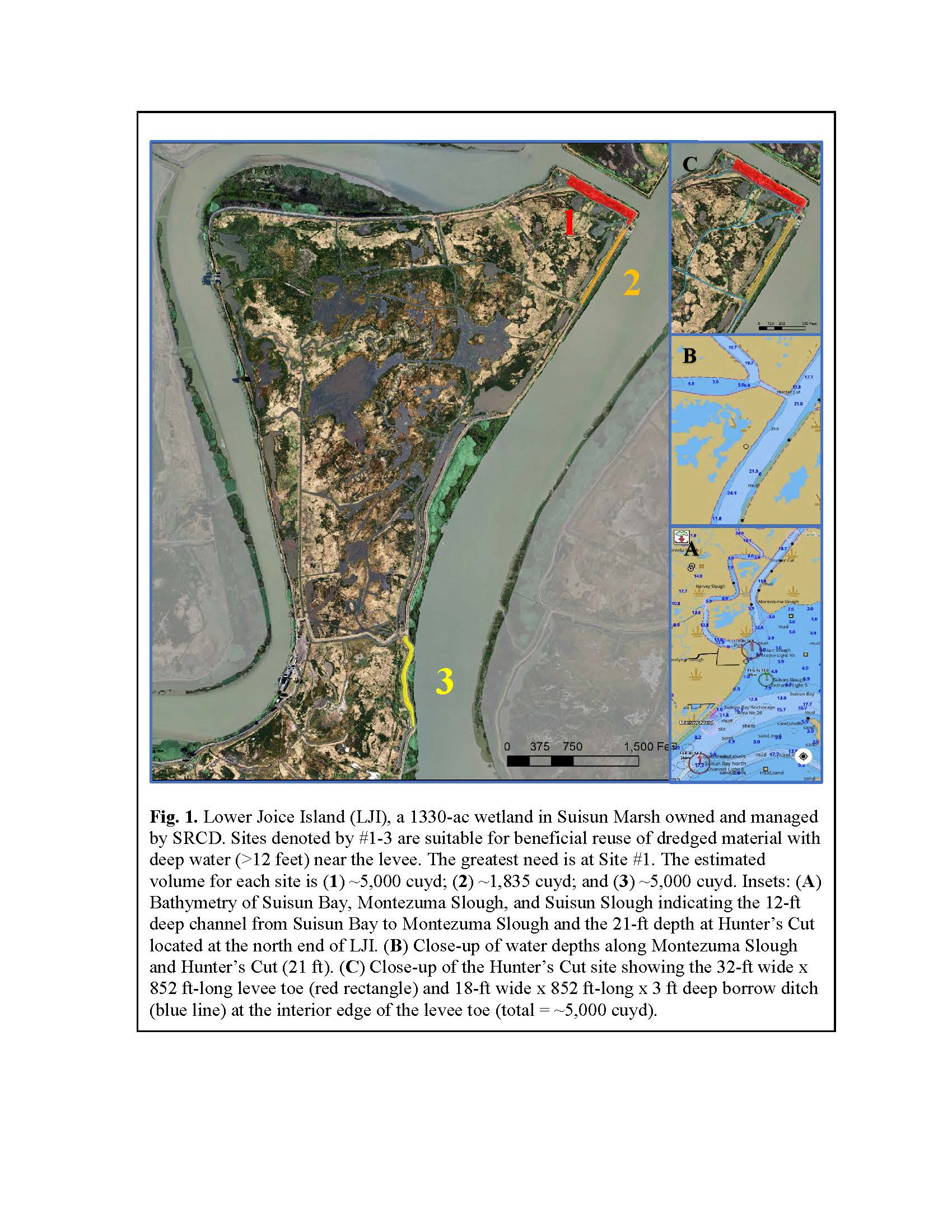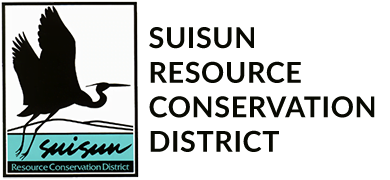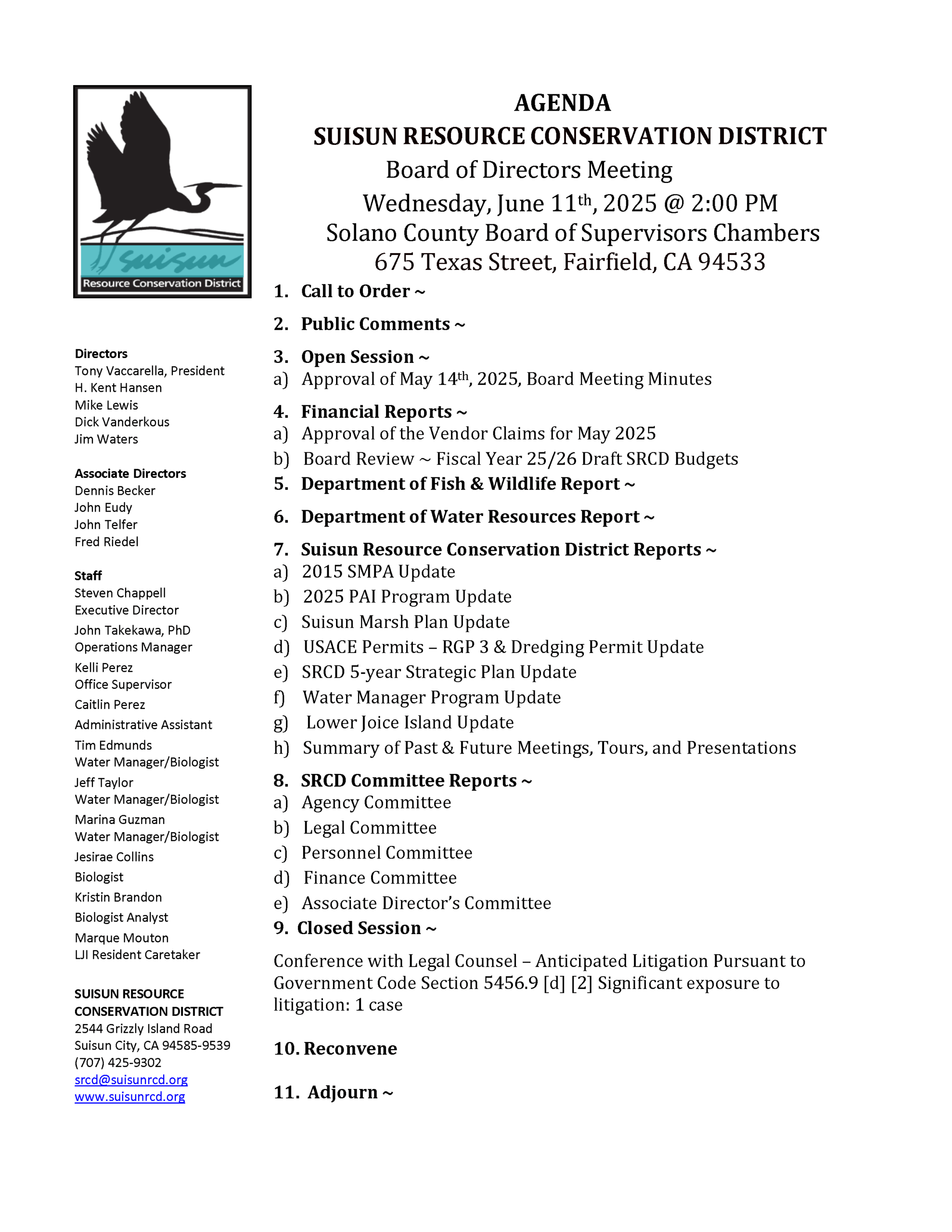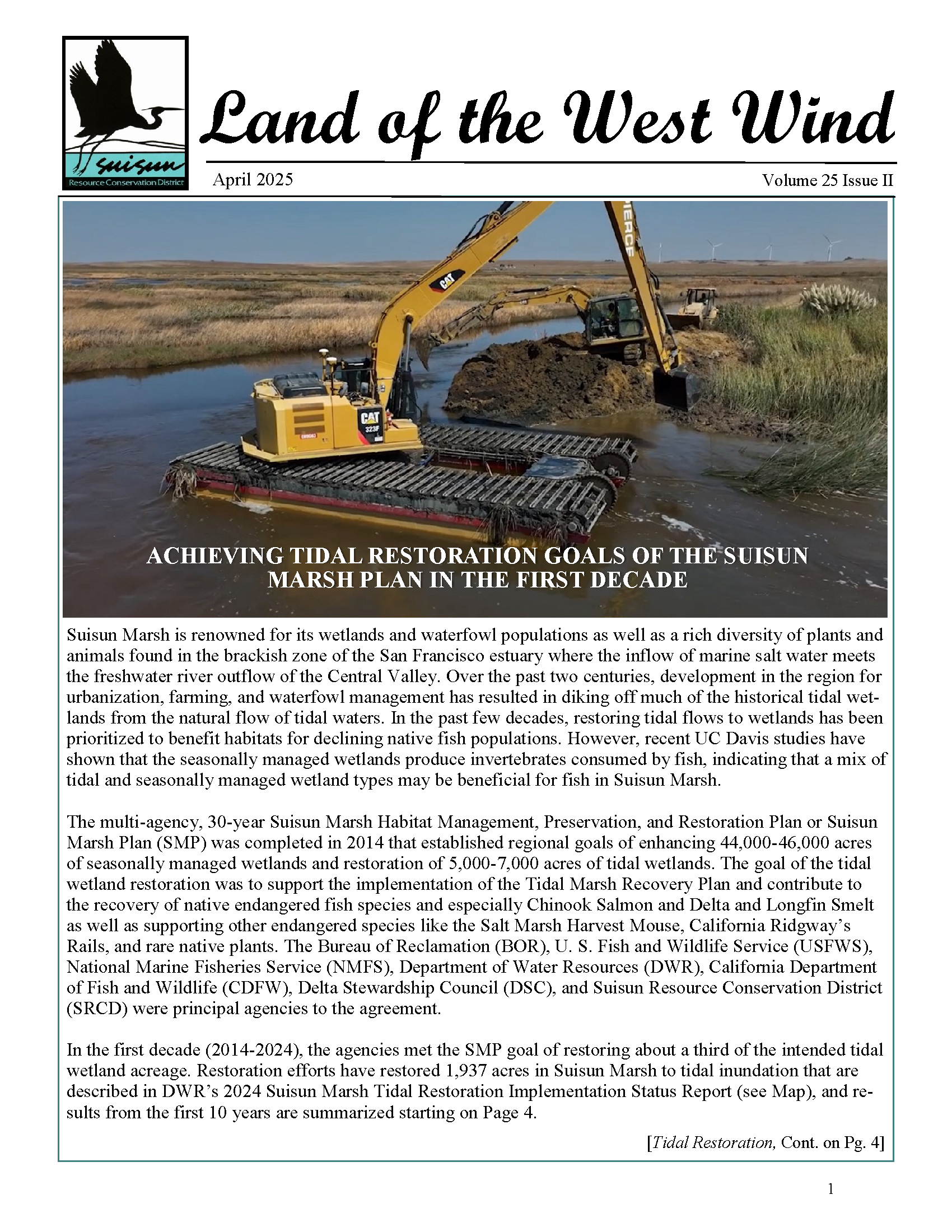Sedi-Match
What is SediMatch?
SediMatch is a collaborative program of the San Francisco Bay Joint Venture (SFBJV), the San Francisco Bay Conservation and Development Commission (BCDC), the San Francisco Estuary Institute (SFEI), the San Francisco Estuary Partnership (SFEP), and others to bring together the wetland habitat restoration, flood control, and dredging communities to discuss challenges and find mutually beneficial strategies to increase reuse of dredged sediment at habitat restoration sites. Goals are 1) to create healthy habitats while maximizing beneficial reuse of sediment; 2) to develop an easily accessible database where sediment needs can be matched with surplus sediment; and 3) to provide opportunities for collaboration. These three goals combined will help our region keep up with sea level rise and create resilient shorelines. These goals align with and support maximizing beneficial reuse of dredged sediment as described in the Long Term Management Strategy for Placement of Dredged Material in the San Francisco Bay Region (LTMS) Program. In addition, the Baylands Ecosystem Habitat Goals Climate Change Update (BEHGU) identifies and recommends using dredged sediment to accelerate the rate and scale of wetland restoration through sediment supply augmentation.
A Pilot Project to Augment Sediment on Suisun Marsh Wetland Levees for Climate Adaptation: A Sedimatch Partnership Proposal
During the Gold Rush era of the mid-1800s, placer mining in the Sierra Nevada washed large amounts of sediment downstream into the San Francisco Bay-Delta estuary. This sediment pool has been valuable for wetland conservation efforts including in passive tidal restoration where the surplus sediment creates the marsh plain and in managed wetlands where dredged sediment supplies the material for levee maintenance. However, over the past several decades, construction of upstream dams has reduced supplies of estuary sediment (Schoellhamer et al. 2014), and we are now facing threats from climate change. Sea-level rise and the frequency of storm events are projected to increase through the end of the century. Thus, there is an increasing need for sediment for wetland conservation at the same time that the supply is decreasing.
Over the same period, infrastructure including docks, marinas, and channels has grown to support the maritime activities of estuary communities. Build-up of sediment occurs regularly at these facilities, and periodic maintenance dredging is required to keep them functional. The dredged material is removed for disposal, but in the past few decades, this has become highly regulated to minimize any harmful effects on fish, wildlife, and the environment (LTMS 2001, DMMO 2018). Disposal of the dredged material is now an expensive proposition with limited options. In-bay disposal has strict limits on volumes, while transport to the ocean for disposal is very expensive. One solution promoted to alleviate the economic and environmental expense of dredged material disposal has been to encourage beneficial reuse and upland placement (DMMO 2018). Beneficial reuse includes providing sediment for wetland restoration and conservation. In support of this effort, several environmental agencies have developed a collaborative database called “Sedimatch” which allows sources of dredged material to be matched with projects in need of sediment.
One of the Sedimatch participants that can supply material, the Valero Benicia Refinery (Valero) is located at the upstream end of Carquinez Strait near the I-680 Benicia-Martinez Bridge and requires regular maintenance dredging to allow its docks to remain accessible for large, ocean-going vessels. Valero conducts maintenance dredging of up to 50,000 cubic yards of sediment annually. It currently disposes 20% of its dredged material in-bay, but much of the remainder is barged to Montezuma Wetlands, an upland fee disposal site located at the upper end of Suisun Bay more than 16 miles away. Located between Valero and Montezuma Wetlands on the north side of Suisun Bay is the 116,000-acre Suisun Marsh. Suisun Marsh is the largest brackish wetland on the Pacific coast and represents more than 10% of California’s coastal wetlands. It is known for its biodiversity and supports a large number of fish, wildlife, and plant species. In 2014, the Suisun Marsh Habitat Management, Preservation, and Restoration Plan EIR/EIS established 30-year goals to enhance 40,000-50,000 acres of managed wetlands while restoring 5,000-7,000 acres of tidal wetlands. The managed wetlands are dependent on well-maintained external levees with water control structures that allow managers to flood and drain the wetlands facilitating moist soil management and creating the best wetland habitats.
The Suisun Resource Conservation District (SRCD) represents the private wetland landowners in Suisun Marsh, and it also owns and manages a 1330-acre wetland property know as Lower Joice Island located between Montezuma and Suisun Sloughs. SRCD is a proposed recipient of sediment under Sedimatch.
Objectives
Here, we propose a pilot project to examine the feasibility of applying dredged sediments from the Valero Benicia Refinery docks to benefit the managed wetlands of Suisun Marsh. Our initial effort will use dredged material to improve the climate resilience of three levee segments on Lower Joice Island along Hunters Cut and Montezuma Slough less than 9 miles from Valero.
1. Develop a pilot project to examine beneficial reuse of dredged material for climate resilience in Suisun Marsh.
2. Apply under existing SRCD managed wetland maintenance permits to add sediment to the inside toe of the outer levee and historical borrow ditch on SRCD’s Lower Joice Island property.
3. Beneficial reuse up to 10,000 cubic yards of dredged material from Valero to improve the climate resilience of up to 3 at-risk, levee areas.







